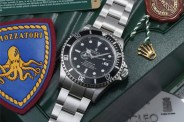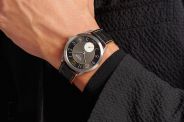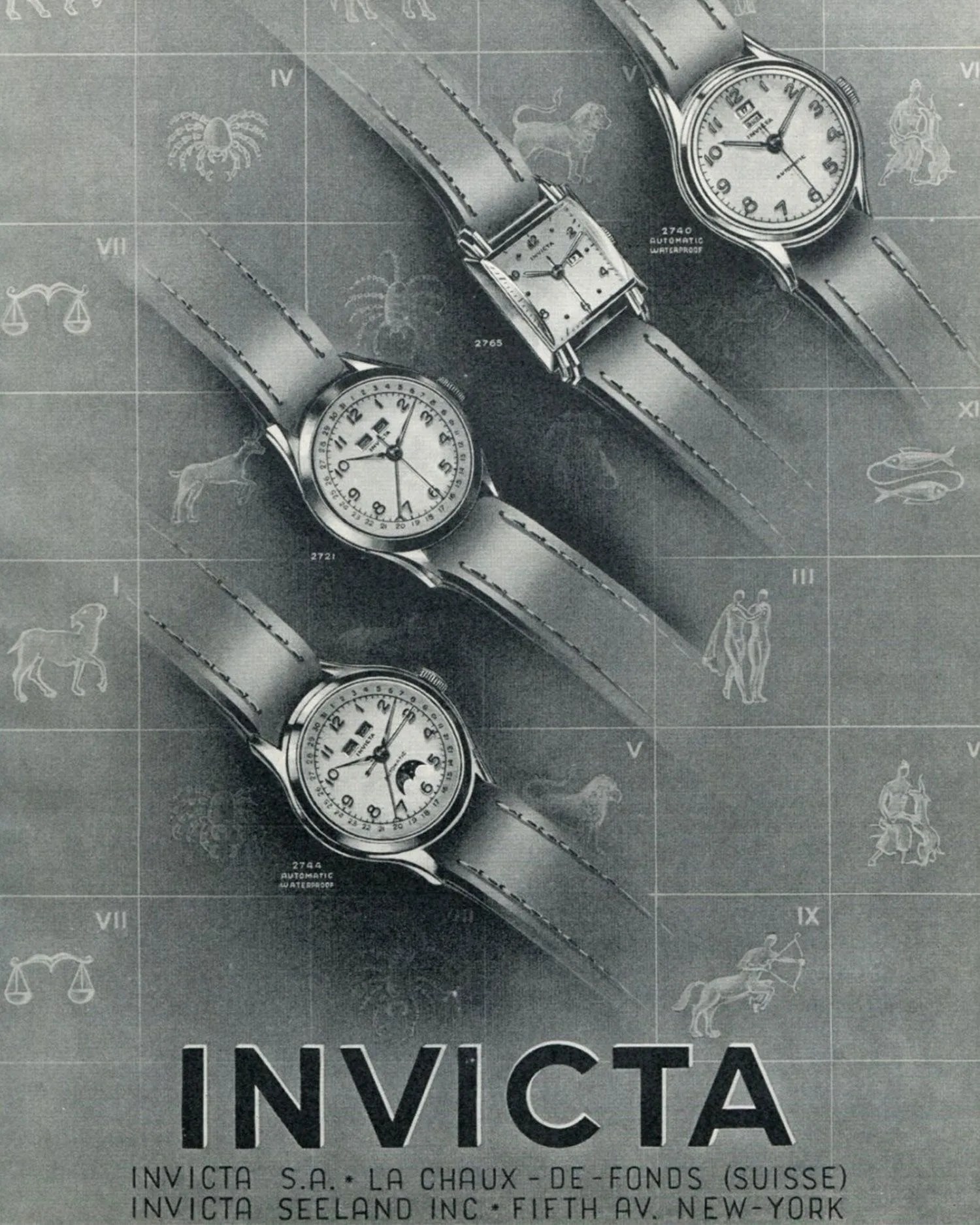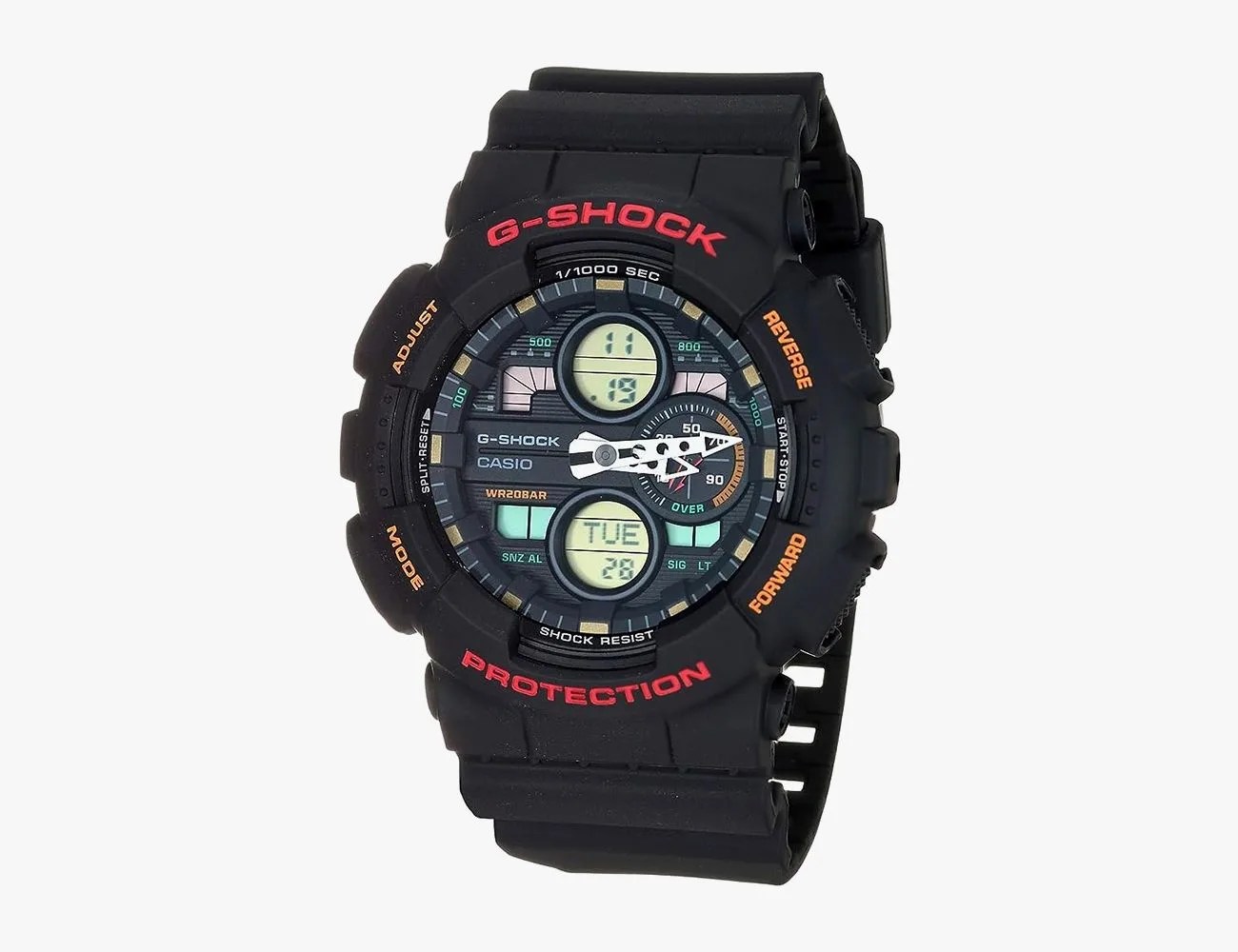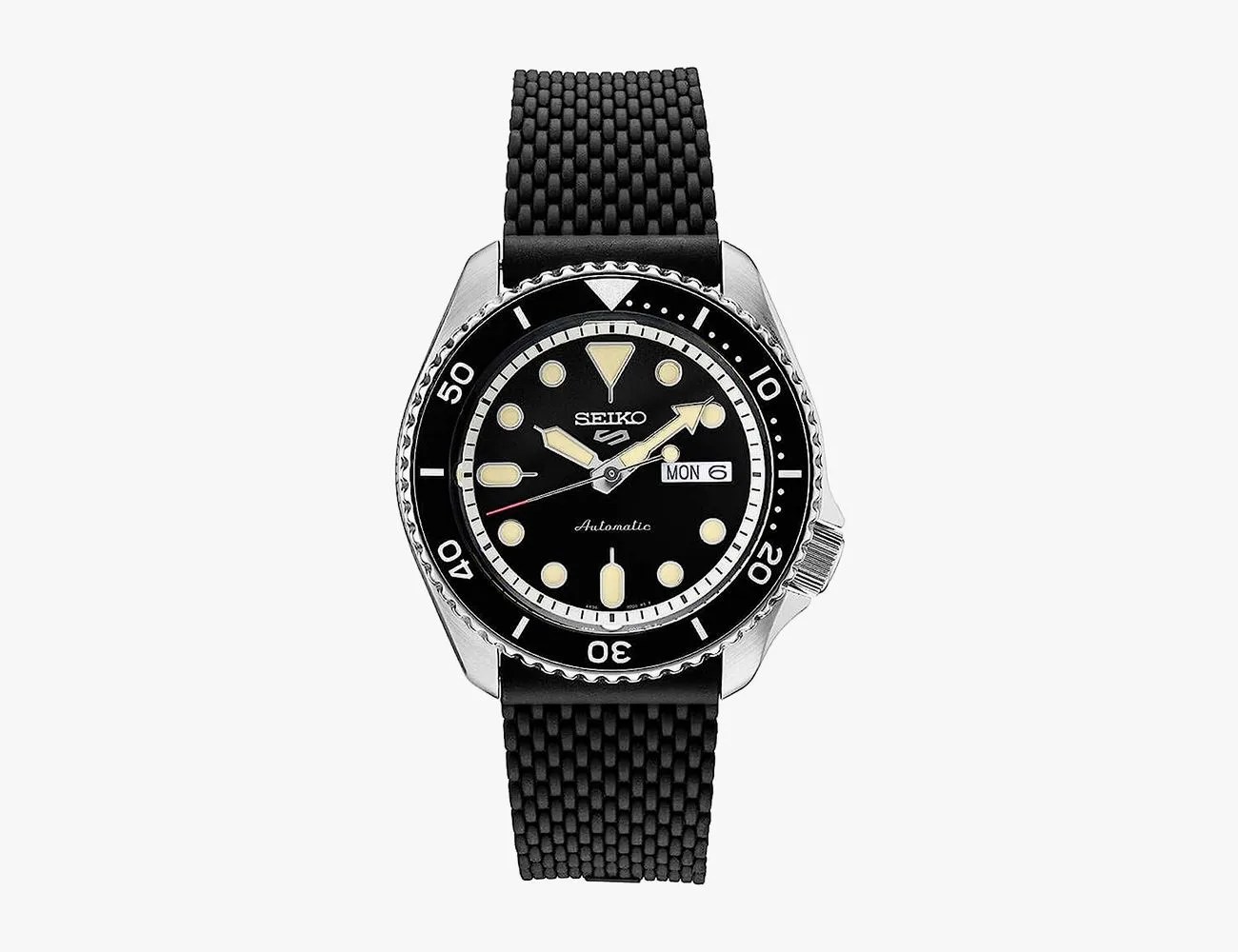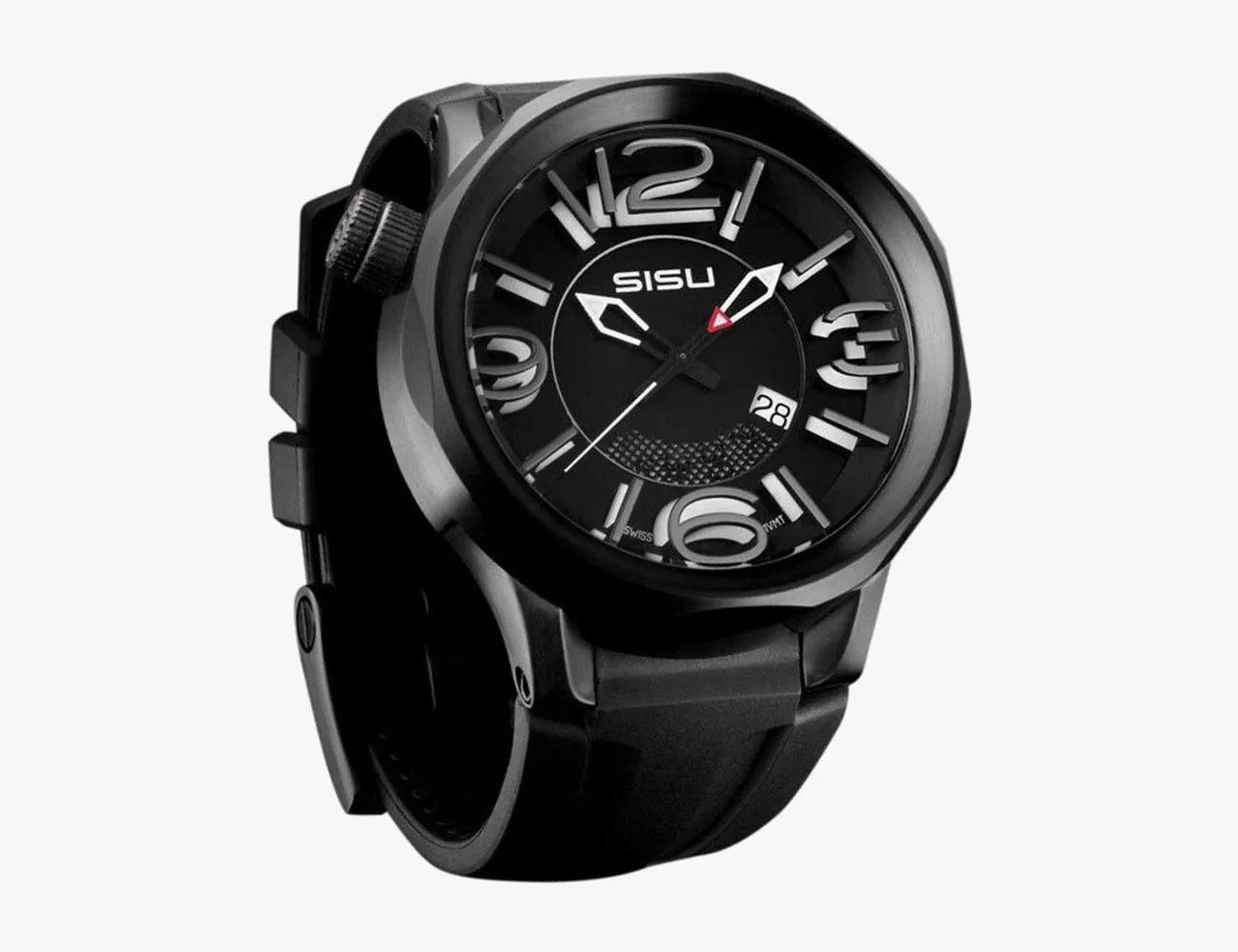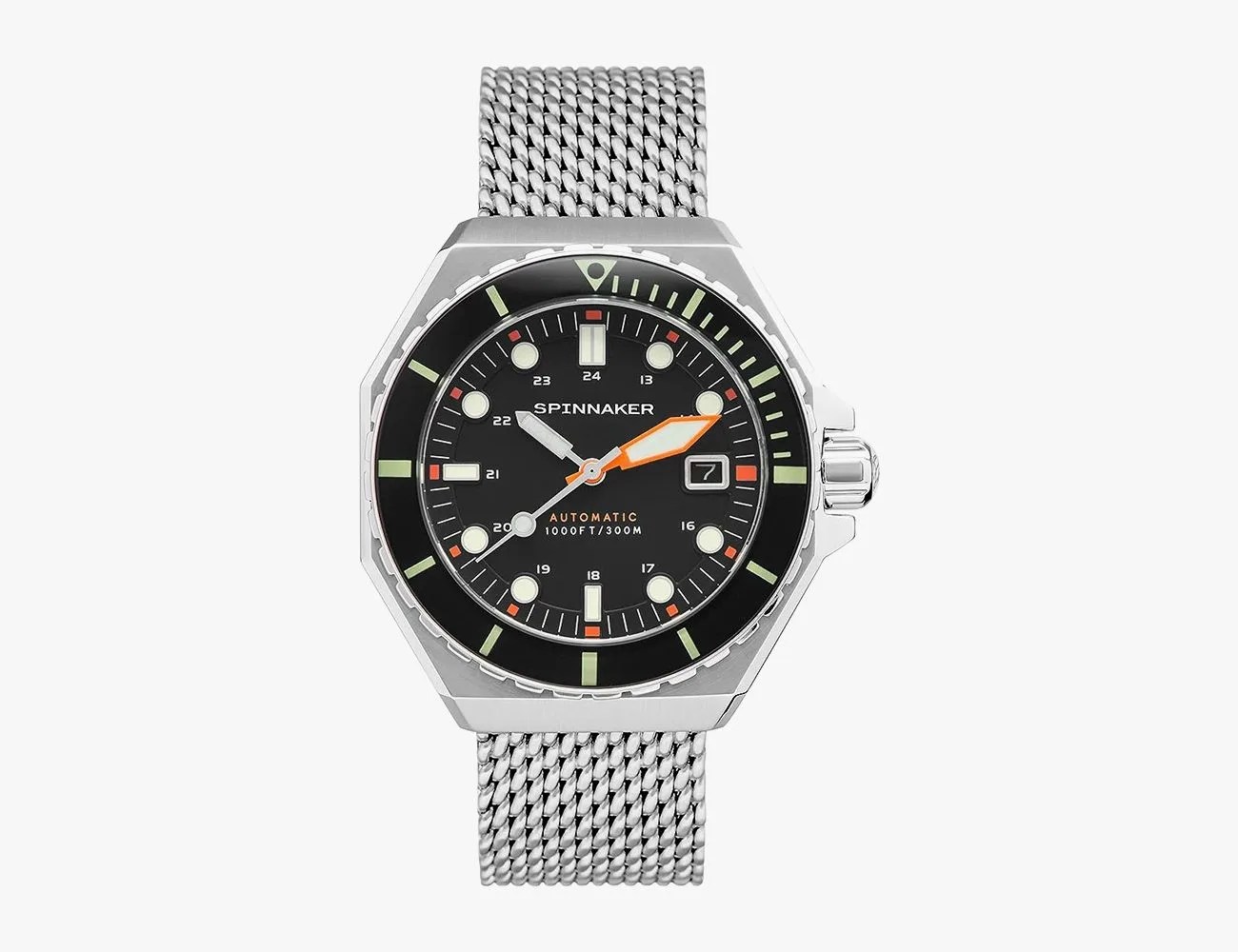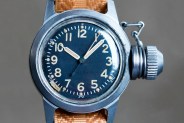For many of today’s watch collectors and enthusiasts, Invicta watches simply aren’t a part of the conversation. They represent what these communities sometimes refer to as “fashion watches,” meaning they’re produced as mere accessories for consumers that don’t have a special interest in or knowledge of watches — and Invicta makes particularly brash ones.
Typically as bold in size as in the use of iterative elements and wildly unrestrained design, does the name Invicta deserve watch enthusiasts’ attention? There’s a little more to the story than meets the eye.
[You can see modern Invicta watches here, but be warned that you can’t unsee them.]
Many a serious watch collection has started with a beloved Invicta
Though the brand’s modern watches are indeed soul-shriveling monstrosities (just my opinion), it’s worth revisiting Invicta for a couple reasons. First, whether snobby collectors like it or not, Invicta has a significant presence in the wider world of watch shoppers. So for those who might be drawn to Invicta, there’s a chance for them to be exposed to what some would call “real” watches.
Second, many opinionated “aficionados” who turn their noses up at the mere mention of the name perhaps forget that there’s more to the brand’s history than its modern image.
Invicta is a brand with actual history
As is the case with many of the world’s most prestigious watchmakers, Invicta’s roots go back to the 19th century and the heart of Swiss watchmaking country. Specifically, it was founded by Raphael Picard in 1873 in La Chaux-de-Fonds, the watchmaking capital of Switzerland.
Right up until the Quartz Crisis that put Invicta and many other historic brands out of business, it made everything from complicated pocket watches to elegant calendar and chronograph watches. For watch nerds who can see past the name and its modern associations, vintage models might present some good value and unexpected history.

